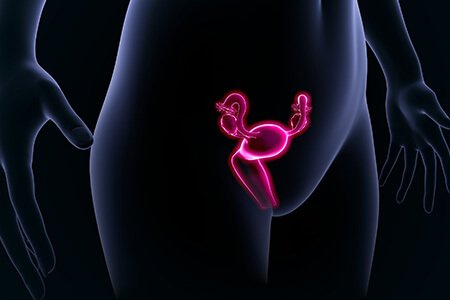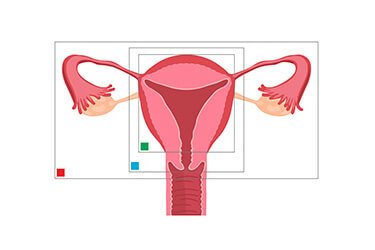Yashoda Hospitals > Diseases & Treatments > Gynecology & Obstetrics, Surgery > Hysterectomy – Removal of uterus
Hysterectomy – Removal of uterus
Total hysterectomy, Subtotal or partial hysterectomy, Radical hysterectomy
What is hysterectomy?
The uterus or the womb is a hollow pear shaped reproductive organ in females, which is located in the pelvic region of the body. It is home to a developing foetus or the baby till birth. Sometimes, the removal of uterus, with or without its surrounding structures, becomes necessary in certain conditions. The surgical procedure of uterus removal is called Hysterectomy.






 Appointment
Appointment WhatsApp
WhatsApp Call
Call More
More